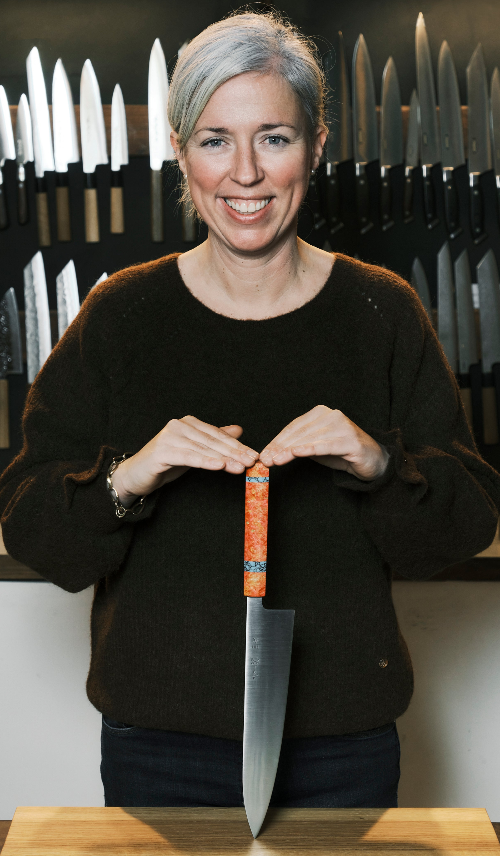(The film is in English)
The history of Laguiole knives is long, and you often hear many rumors and even myths surrounding the knives.
They started making the knives many years ago, but they never made it a registered trademark, which is also too late now. This means that manufacturers all over the world can call a knife that looks just a little like a Laguiole knife. Therefore, you often see "Laguiole" knives at very low prices - especially on the Internet - but these are often produced in China, Pakistan or elsewhere in the world. Even in the city of Laguiole, where there are many knife shops, many of these cheaper, low quality knives are sold.
Laguiole is a small town with just over 1000 inhabitants in the south of France. In the area around Laguiole, there is a great tradition of making folding knives. This tradition dates back to the 1800s, when farmers brought the knives from northern Spain. Since then, the knives have been developed, and today you can find both folding knives and steak knives as well as associated forks and spoons and more.
We deal with Laguiole en Aubrac, which was founded in 1992, located in Aubrac in the area around Laguiole, and started with the desire to make the knives according to the traditional method - and not skip where the fence is lowest, as you have seen several (also older ) manufacturers do. In 2012, Laguiole en Aubrac bought the company Arbalete Genes David, which is over 200 years old and is based in the town of Thiers around Laguiole. Arbalete Genes David faced great financial problems when the owner of Laguiole en Aubrac took pity on the company and the old craft, and bought the company in the hope of continuing it according to the old traditions.
Laguiole en Aubrac has its own forge, sawmill and workshop where all the knives are assembled, and has approx. 50 employees. All the knives are made by them from end to end, and stand out with their very high quality where only very few other manufacturers can match. Laguiole en Aubrac also supplies the parts to several of the other manufacturers of Laguiole knives.
The Laguiole knives from Laguiole en Aubrac, folding knives like steak knives, hide many details. Here we will review some of these:
We took the photos on this page ourselves on our trips to Laguiole.

The shape is the same regardless of which manufacturer you buy from. This means that the knives often look alike, and it can be difficult to separate dirt from cinnamon. The shape clearly shows the close relationship to the folding knife. The shape differs slightly from the classic Thiers knife, which is slightly more angular.

The steel can be of different types, most often sandwick steel is used, which is usually obtained from Sweden. However, Damascus steel and carbon steel can also be seen at times.


The material used on the handles can be made of different types of wood, bone types, horn etc. At Laguiole en Aubrac, these can vary quite a bit, as, for example, the bull's horns have different colors through the horn, which can be seen in the picture.

The fly/bee/cicada - dear child has many names! - Which flying animal this shape covers is still a great mystery, even the blacksmiths cannot agree. Some believe that it is a tradition left over from when it was a farmer's knife, and it was a symbol of the many flies that flew around the cows. Another story is that the peasants had the mark forged when they used them during the French Revolution to show their support for Napoleon Bonaparte as he often used this mark. The brand has since become a brand for the leader of France. The pattern on the back of the knife is always handmade at Laguiole en Aubrac, and often varies according to which blacksmith made the knife.

The history of the cross , which is often seen on one side of the handle, dates back to when many farmers used the knife as a work tool. Here it was because you were Catholic, but couldn't go to church that often, as you worked a lot. Then they found out how to make this little cross, so that when the peasants ate their food, they always had an altar - literally, at hand.


